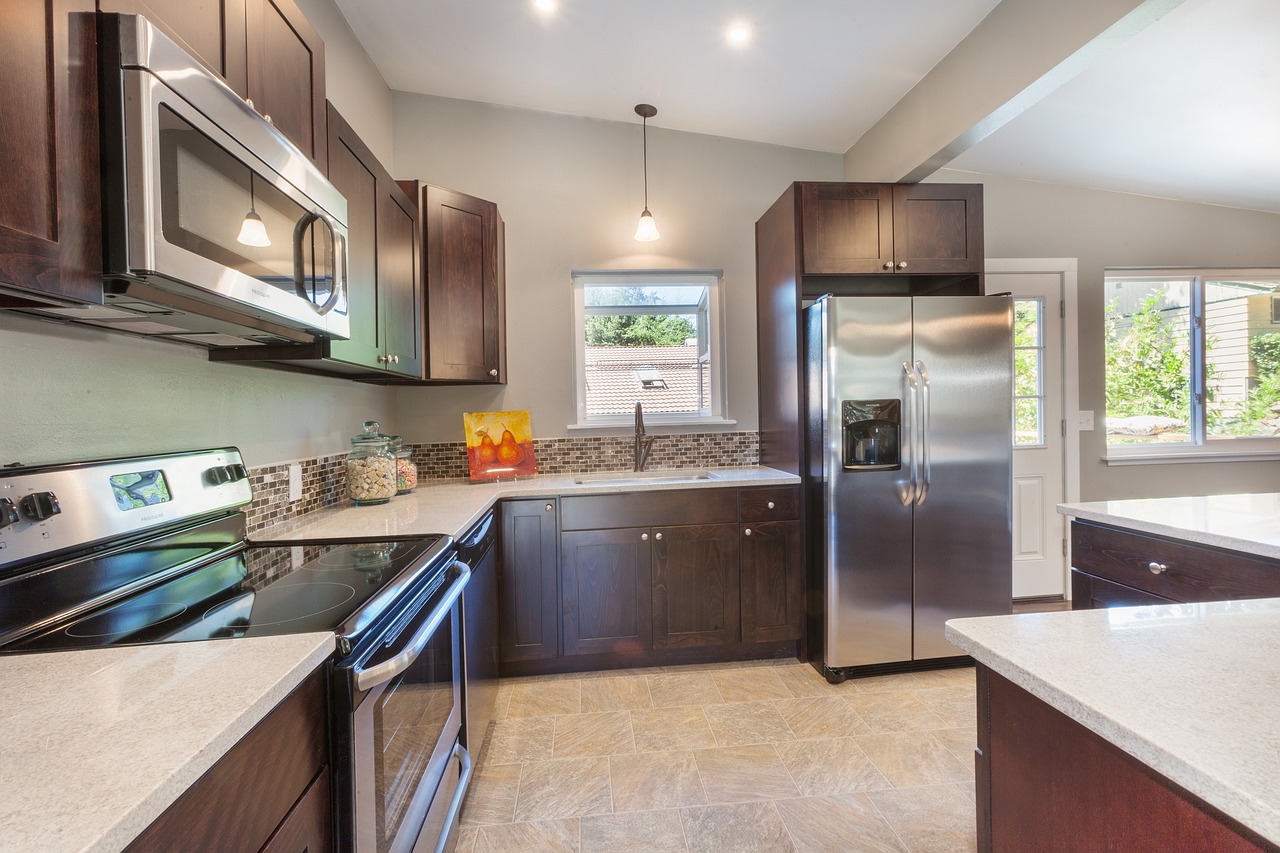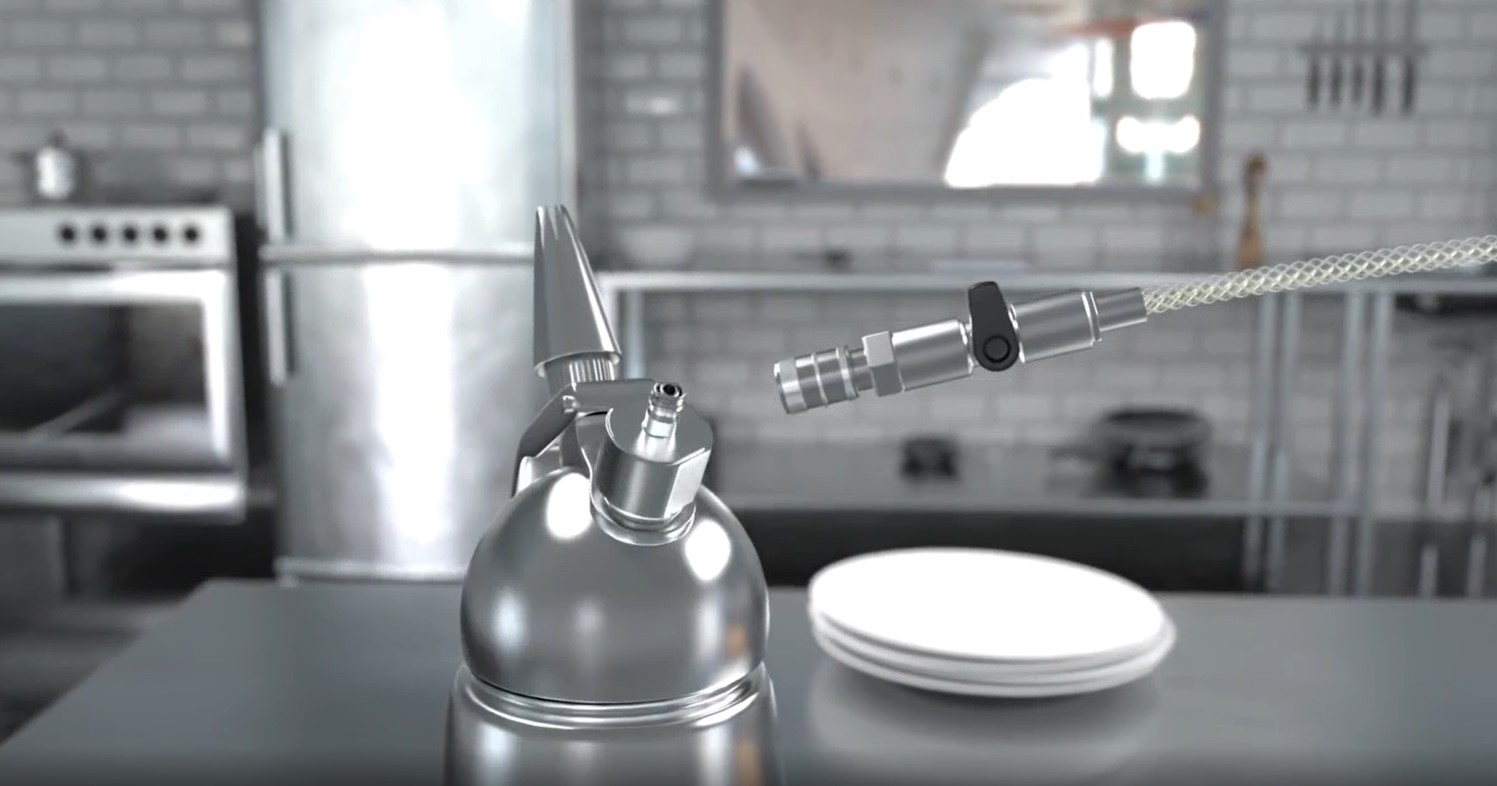Table Of Contents
Food is any substance consumed to provide nutritional support for an organism. Food is usually of plant, animal or fungal origin, and contains essential nutrients, such as carbohydrates, fats, proteins, vitamins, or minerals. The substance is ingested by an organism and assimilated by the organism’s cells to provide energy, maintain life, or stimulate growth. There exist different kind of food that very between cultures, regions, nations, races etc, but the most important point is that, it supports life. Different species of animals have different feeding behaviors that satisfy the needs of their unique metabolisms, often evolved to fill a specific ecological niche within specific geographical contexts. From the above expression, it is important to note that food is important for the existence of all living things.
What is food thermometer?
Food thermometer is a device used for checking the doneness of meat or other foods to ensure that the appropriate and safe internal temperature has been achieved. Some thermometers are inserted into the food at the beginning of cooking process and remain there until the proper internal temperature is reached while others are inserted as the cooking is close to being finished.
To check the temperature with a thermometer, every food premises that prepares handles or sells any potentially hazardous food must have a thermometer to ensure food is kept at safe temperatures. The thermometer must be accurate to ±1 °C. Remember the temperature at the centre of the food may be different to the surface temperature, therefore when checking the temperature make sure you check the centre of the food. You may get a chilled water rental and other refrigeration equipment to keep your food fresh and safe to consume.
Where to Buy Food Thermometer
After actively testing over 25 digital instant-read and probe digital thermometers, we are certain that the ChefsTemp Finaltouch X10 from ChefsTemp, it is the best instant-read digital thermometer and the best probe digital thermometer for a ready and loving home kitchen, it is fast, accurate, and affordably priced, with a clear, easy-to-read display screens.
How do I use the thermometer to measure the temperature of Food?
- When checking the temperature of the meat, insert the thermometer probe into the thickest part of the meat and as close to the center as possible. Avoid placing the thermometer probe on or near a bone, which will produce an inaccurate reading. It is often wise to take a reading from several locations or angles on the meat, since there may be hot spots that result in a higher temperature readings. Make sure the thermometer is kept away from heating elements such as the oven coils or the gas and charcoal heating elements so the reading accurately records the food heat and is not influenced by the excessive heat of the elements.
- Before use, ensure the thermometer is clean and dry. If using a probe thermometer, ensure the probe has been sanitized.
- Place the probe into the food and wait until the temperature reading has stabilized before reading.
- Measure different parts of a food as the temperature may not be the same in all parts. For example, if food is being cooled in a refrigerator, the top of the food may be cooler than the middle of the food.
- Clean and sanitize the thermometer after measuring the temperature of one food and before you measure the temperature of another food.
- If using the thermometer to measure hot and cold food, wait for the thermometer to return to room temperature between measurements.
- Measure the temperature of different foods in a refrigerator or display unit as there will be colder and hotter spots within the refrigerator or unit.
- Measure the temperature of packaged chilled food by placing the length of the thermometer between two packages – the temperature will be approximate but the package remains intact.
- The instant read Cooking Thermometer may be made with a display terminal mounted on the probe or as remote Cooking Thermometer with the display completely separate from the probe. Remote Cooking Thermometers are built with a probe, a transmitter connected to the probe and a receiver.
Characteristics of TCS food
The definition of TCS food is based on the following characteristics of the food:
- pH, or acidity
- Water activity (aw)
- Interaction of pH and aw
- Heat treatment
- Packaging
Examples of TCS food
- Food from animal origin that is raw, cooked or partially cooked, such as eggs, milk, meat or poultry.
- Food from plant origin that is cooked such as rice, potatoes and pasta.
- Food from plant origin such as raw seed sprouts, cut melons, cut tomatoes and cut leafy greens.
- Mixtures including cut tomatoes or garlicin-oil, unless modified to prevent growth of disease-causing bacteria or formation of toxins.
Time/Temperature Control For Safety Food
Hot holding
- Maintain hot TCS food at 135°F or above.
- Properly cooked roasts may be held at 130°F or above.
Cooling
- TCS food must be cooled from 135°F to 70°F within 2 hours and completely cooled to 41°F or below within 6 hours.
- TCS food prepared from ingredients at room temperature must be cooled to 41°F or below within 4 hours.
Reheating
- Reheat food rapidly, within 2 hours.
- TCS food made in-house and reheated for hot holding must reach an internal temperature of at least 165°F for 15 seconds.
Temperature Danger zone
The temperature range in which disease causing bacteria grow best in TCS food is called the temperature danger zone.
- The temperature danger zone is between 41°F and 135°F.
- TCS food must pass through the temperature danger zone as quickly as possible.
- Keep hot food hot and cold food cold.
Always use a thermometer to check internal food temperatures.
Temperature controls
Using temperature controls minimizes the potential for harmful bacterial growth and toxin formation in TCS food. Temperature controls either keep food entirely out of the danger zone or pass food through the danger zone as quickly as possible.
Receiving
- If food temperatures do not meet requirements or if TCS food shows evidence of previous temperature abuse, do not accept the food, or discard the products.
Cold holding
- Maintain cold food at 41°F or below.
- Frozen food must remain frozen.
Thawing
- Thaw in the refrigerator, under running water or as part of the cooking process.
- Never thaw at room temperature.
Cooking
- Cook all TCS food to required temperatures and times.






